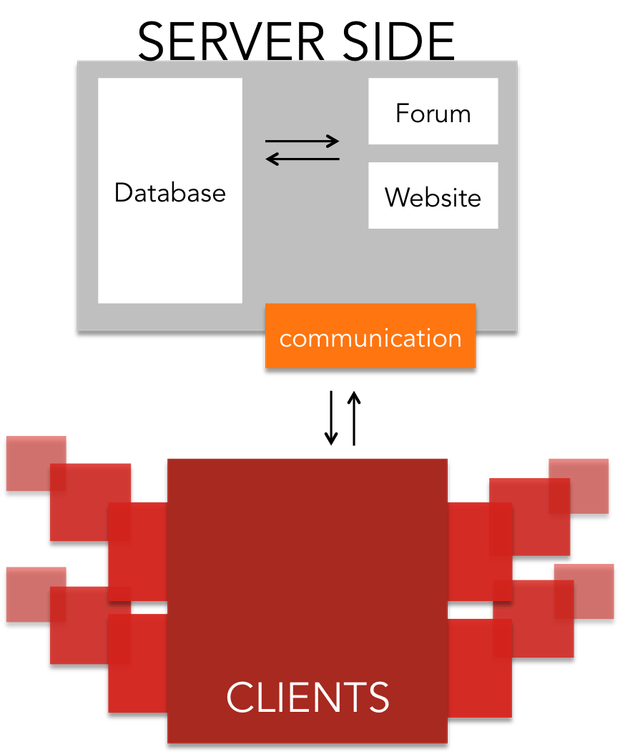Team:Heidelberg/pages/midnightdoc
From 2014.igem.org
Introduction
Back in 1999 the Search for Extra-Terrestrial Intelligence (SETI) project suffered from insufficient computing resources, while trying to analyze extraterrestrial data from radio telescopes for the purpose of registering potential alien activity. To circumvent the problem of building a server cluster to analyze all the collected data, they developed a software called SETI@home. It is based on the idea to exploit the unused computing power of thousands of home PCs for scientific research. The SETI team developed a client that enlists the computer of volunteers on a central server which then distributes computation jobs to them. After the successful completion of the calculation the result is send back to the scientists.
Overview
We, the iGEM Team Heidelberg, were confronted with a similar problem. Working on protein modifications, we wanted to know what effect our modifications could have on the protein by simulating them, before stepping to expensive and time intensive wet lab screenings. Yet iGEM Teams often lack the ability to do resource intensive computations, because they have no access to server clusters. We therefore decided to start iGEM@home, as a universal platform for iGEM-Teams to distribute computing jobs to users all over the world.
Right now we are using the platform to calculate linkers to enable the simple and efficient circularization of proteins. Further information on the type of computing tasks we are distributing may be found on the Modelling page. In future we hope to see the project grow and prosper when new iGEM teams take over and run their own computations on iGEM@home.
 "
"

